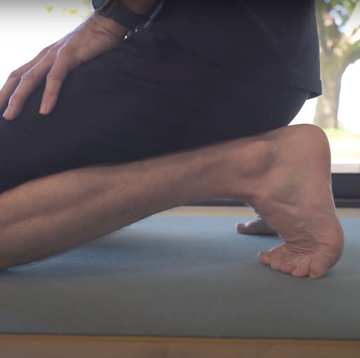Usually as a running specialist physiotherapist there is a predictable pattern to the year. From mid February there is a steady increase in the number of runners targeting spring marathons phoning for appointments and the story usually goes something like, “I was doing really well until the end of January, I had got up to 18 miles then the outside of my knee tightened and got worse with every run to the point that I couldn’t train at all. I am panicking, my partner is threatening to leave me and my friends have stopped returning my calls.”
This is usually followed by, “I took three weeks off then tried a run but had to pull up at three miles with the same pain. I took another two weeks off and it’s not much better. It’s now five weeks since my last long run and I am really worried about being able to finish – AAAAAARRRRGHHH.”
This year worryingly and, possibly due to the new running boom, I am already seeing more injured runners than ever before. People seem to have realised that three to four months is really not that long to prepare for a marathon and have started their training in October or November, which is something that I have been advocating for some time.
Unfortunately rather than using the extra two months to focus on injury prevention, strength and conditioning and adapting to the training load, as I would suggest, runners have tried to get to max volume and intensity way too quickly resulting in the same overload/overuse injuries that I normally see in March.
On the positive side, all of those people seeing me now should be sorted in time to get back into training still able to meet their targets. But using the example runner above I think it is worth reiterating a couple of basic principles of how to avoid injury and optimise performance.
- Build your long run by no more than ten to fifteen minutes each week and make sure to drop down every three to four weeks. Note that this should not be for a flat out race which may in fact represent more mechanical stress than a two hour easy run.
- Invest some time in getting strong. A newly published study in the British Journal of Sports Medicine suggests that strength training can reduce overuse injuries by up to 50% and, given that we already know that stronger runners are more economical runners, in my humble opinion, it is a no brainer.
- If you suspect you have an injury and it is not 50 to 75% better in five days, SEE A SPECIALIST! I recently saw a lady who had deferred a place in London due to a knee problem that was cured with three treatments over 10 days.
How to tackle tight hamstrings.













